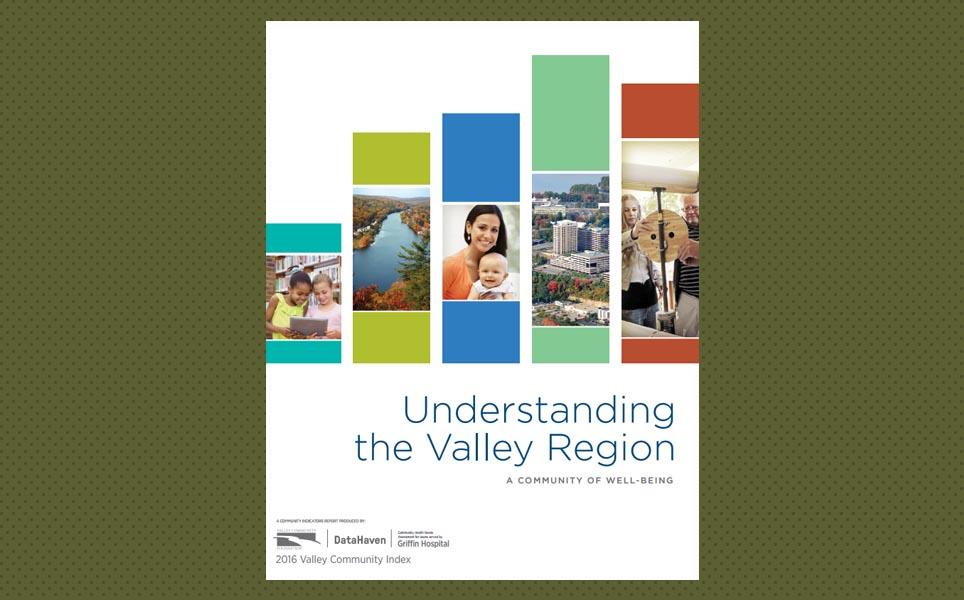Excerpt:
One major goal for elected officials and policymakers is to improve the happiness of their constituents in cost-effective ways. But how do individuals’ circumstances influence which policies are likely to make them feel more satisfied with their lives? In new research which draws on a large Connecticut-based survey, Christopher Barrington-Leigh and Jan Wollenberg find that improvements in areas of people’s lives such as food security and social engagement can lead to much greater improvements in their happiness compared to increasing their incomes. With that in mind, they recommend that by targeting specific groups and needs, state and local agencies may be much more effective at improving happiness compared to more blanket measures which affect everyone.
How satisfied are you with your life? There is an increasing interest in the use of measures of subjective well-being to inform policy decisions. The simplest approach to evaluate lives, overall, is to simply ask people how satisfied they are with their circumstances. These types of subjective wellbeing measures are “arguably the most democratic of well-being measures, since they reflect not what experts or governments think should define a good life, but instead represent a direct personal judgment,” according to the United Nations Sustainable Development Solutions Network World Happiness Report. Collecting and analyzing this type of data can help us to understand how different life circumstances influence well-being and can help guide us when deciding how to best allocate resources to improve life satisfaction.
In Connecticut, a series of locally-based efforts conducted over the past decade have sought to collect this type of information to better understand well-being and quality of life. With the guidance of DataHaven, a Connecticut nonprofit, these local surveys have grown in scope and quality; in 2015, for example, DataHaven conducted live, in-depth, interviews with over 16,000 randomly-selected adults statewide during the DataHaven Community Wellbeing Survey. This survey, which is now believed to be the largest of its kind in the United States, covers satisfaction with life, physical and mental health, neighborhood conditions, economic opportunity, housing, transportation, and civic engagement (it is being repeated and expanded this year with support from 75 public and non-profit funders). Most importantly, the results of the survey provide a snapshot of what people across the state are experiencing, and how those experiences influence individual well-being.
Working with DataHaven, we used these data to analyze the ways in which a variety of social and economic factors impact life satisfaction. Our analysis accounts for a range of socioeconomic circumstances and conditions to measure their effect on life satisfaction. We then used these data to rank social priorities in Connecticut and to identify which types of changes could generate the largest aggregate improvements in life satisfaction at the lowest cost.
Read the full article here: http://blogs.lse.ac.uk/usappblog/2018/10/29/how-state-and-local-governme...









